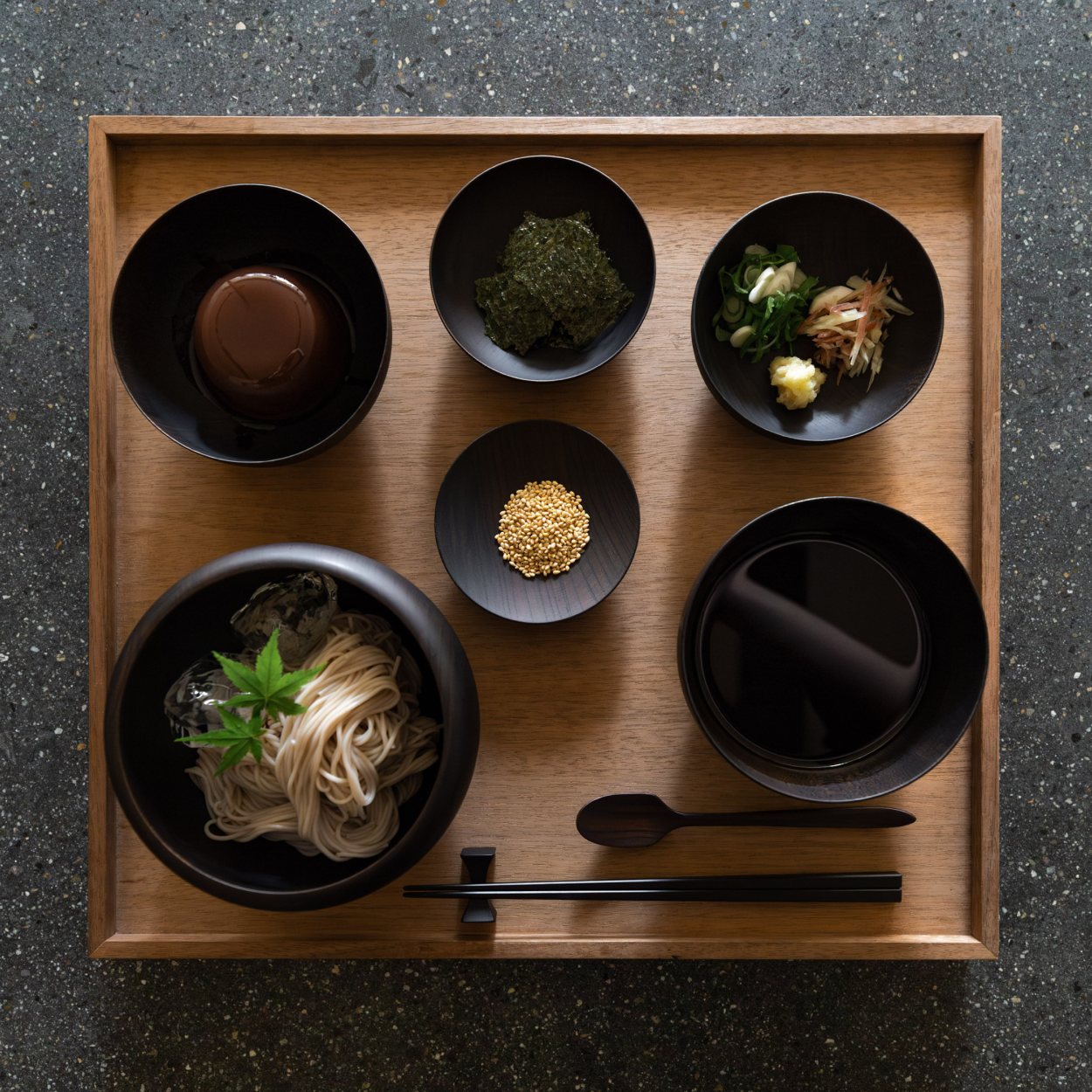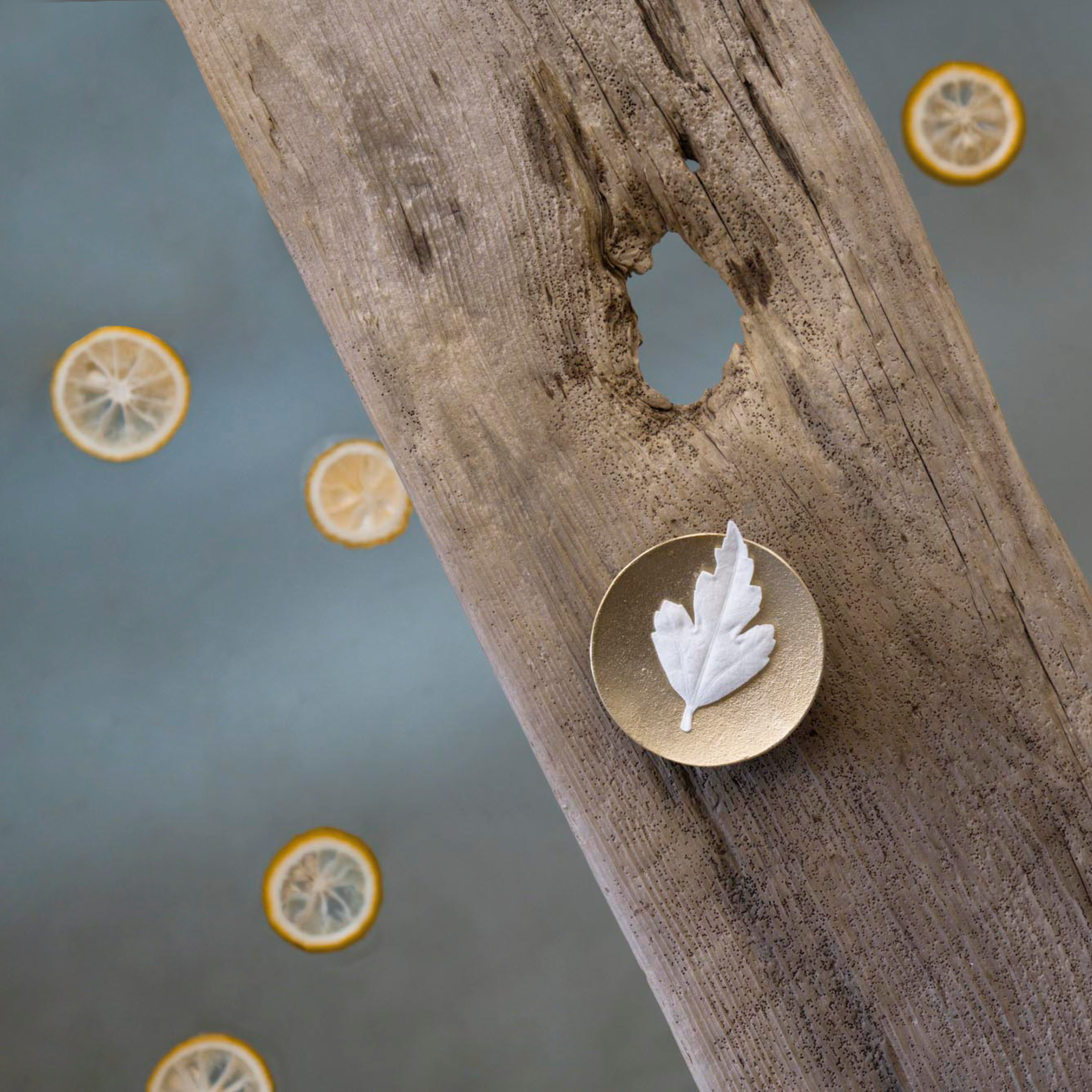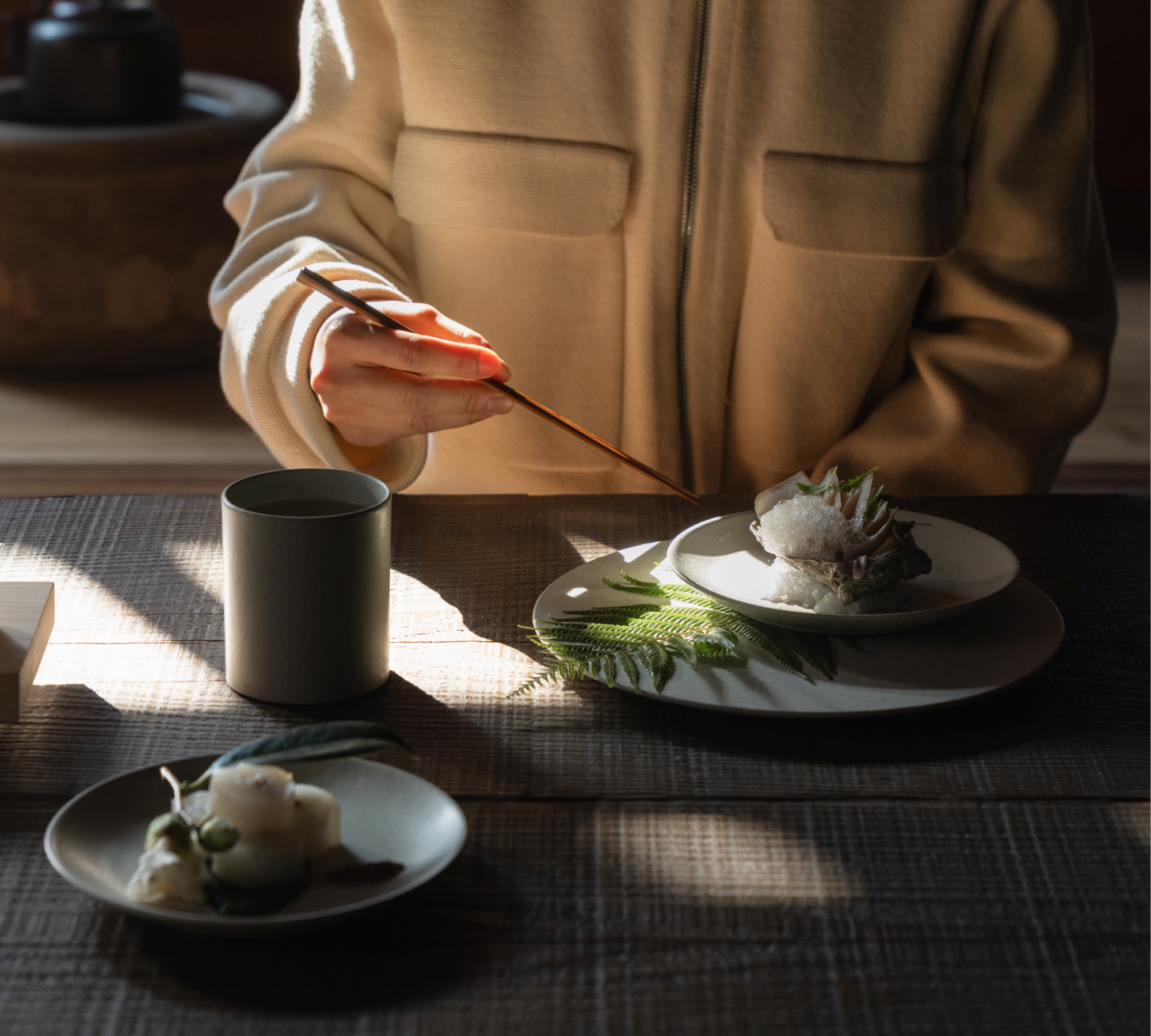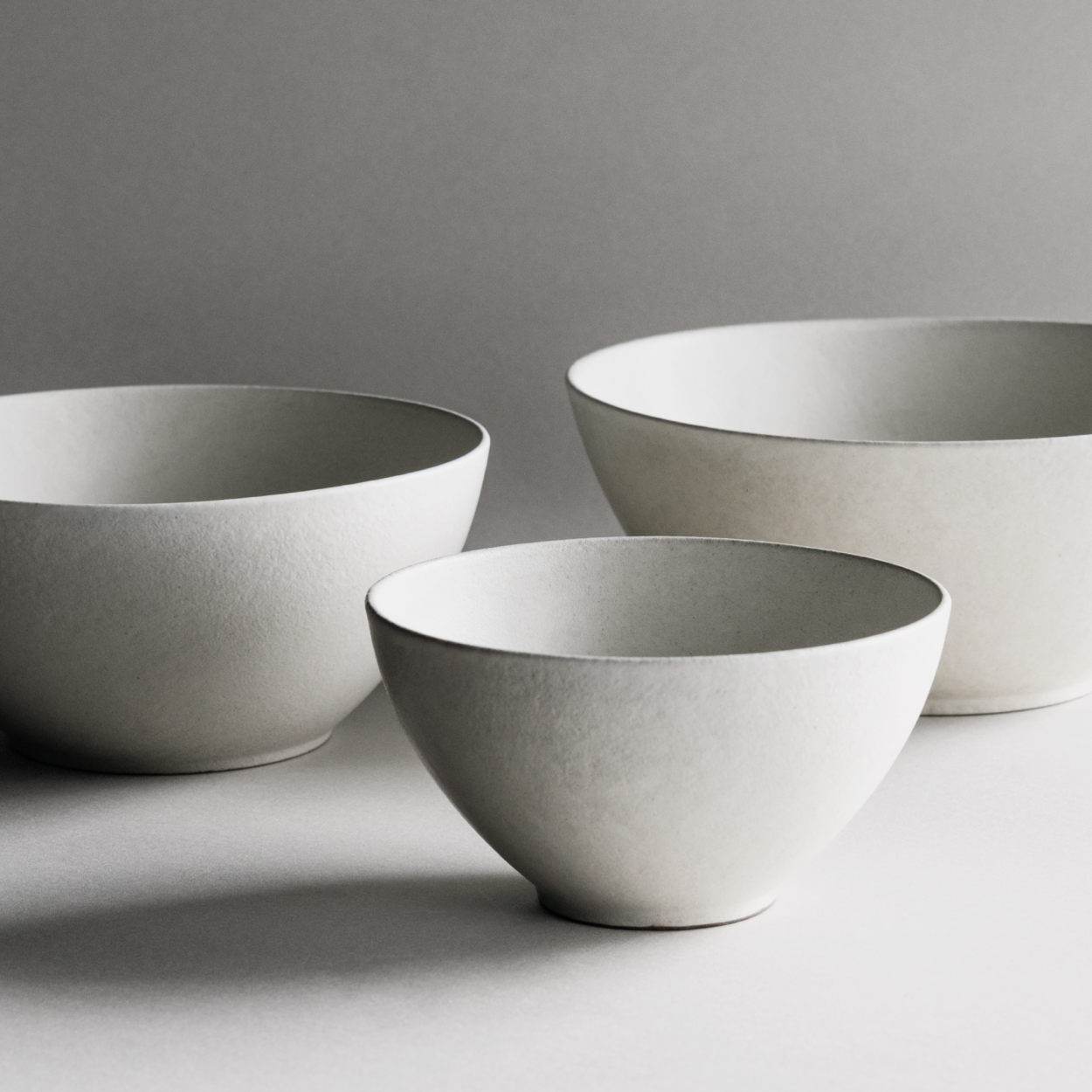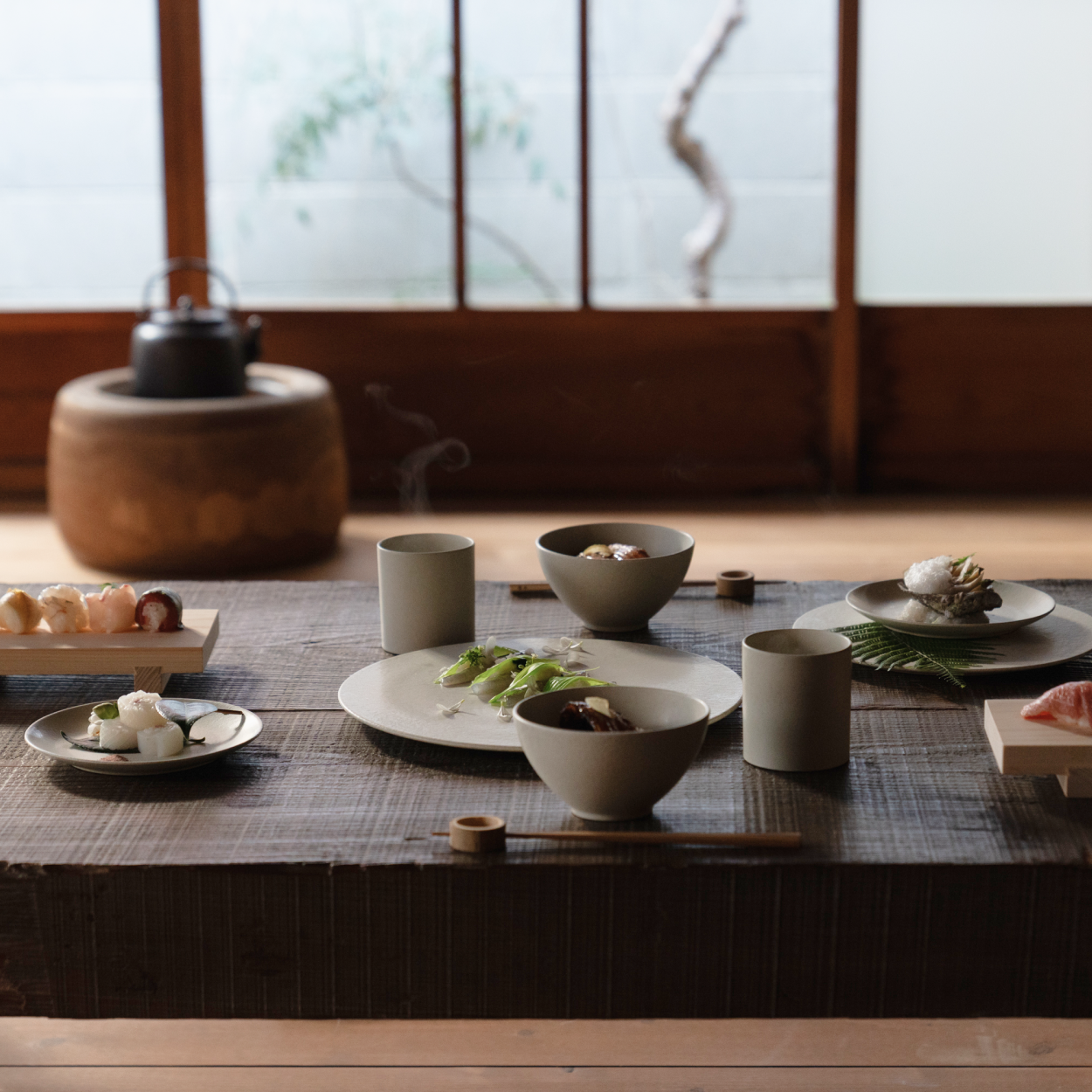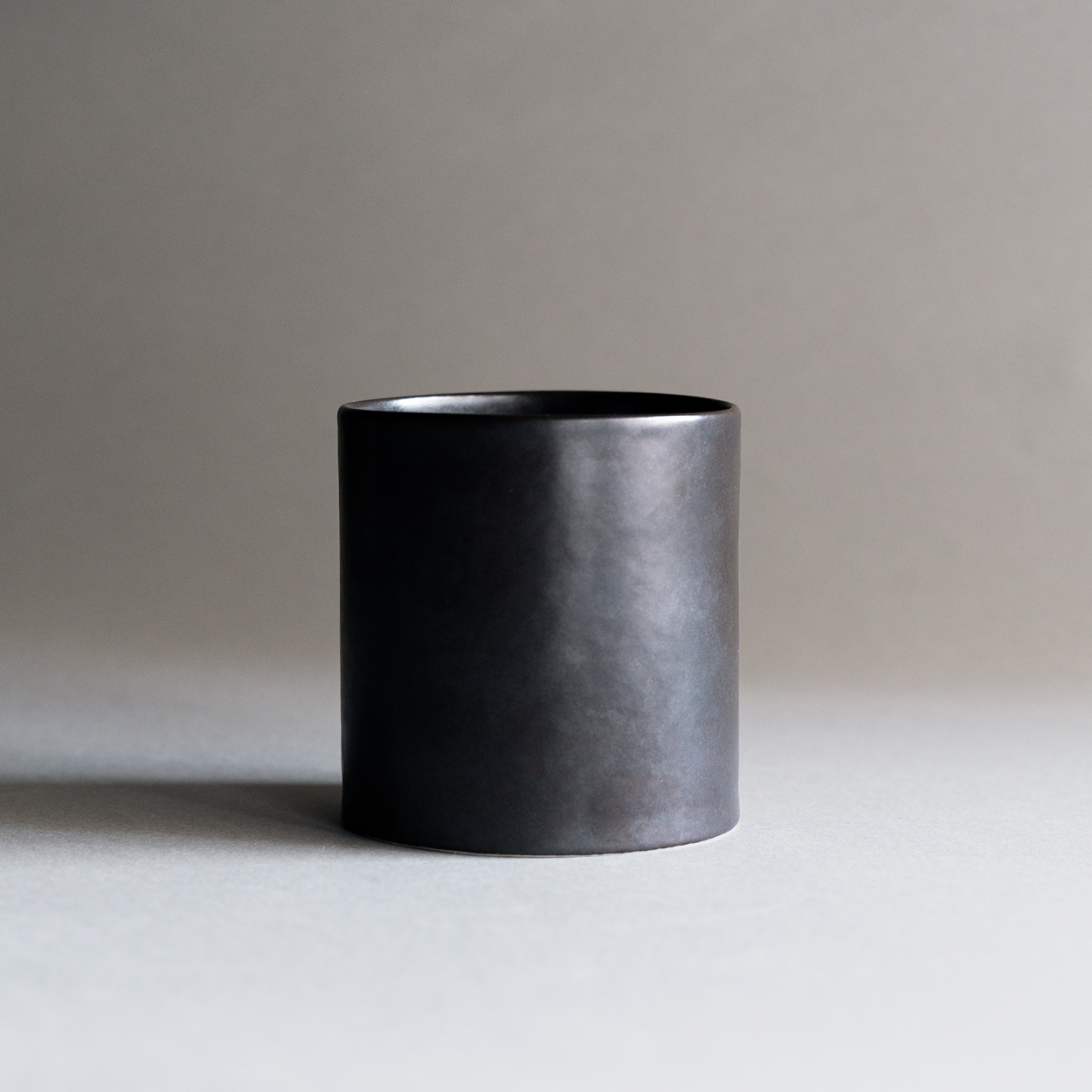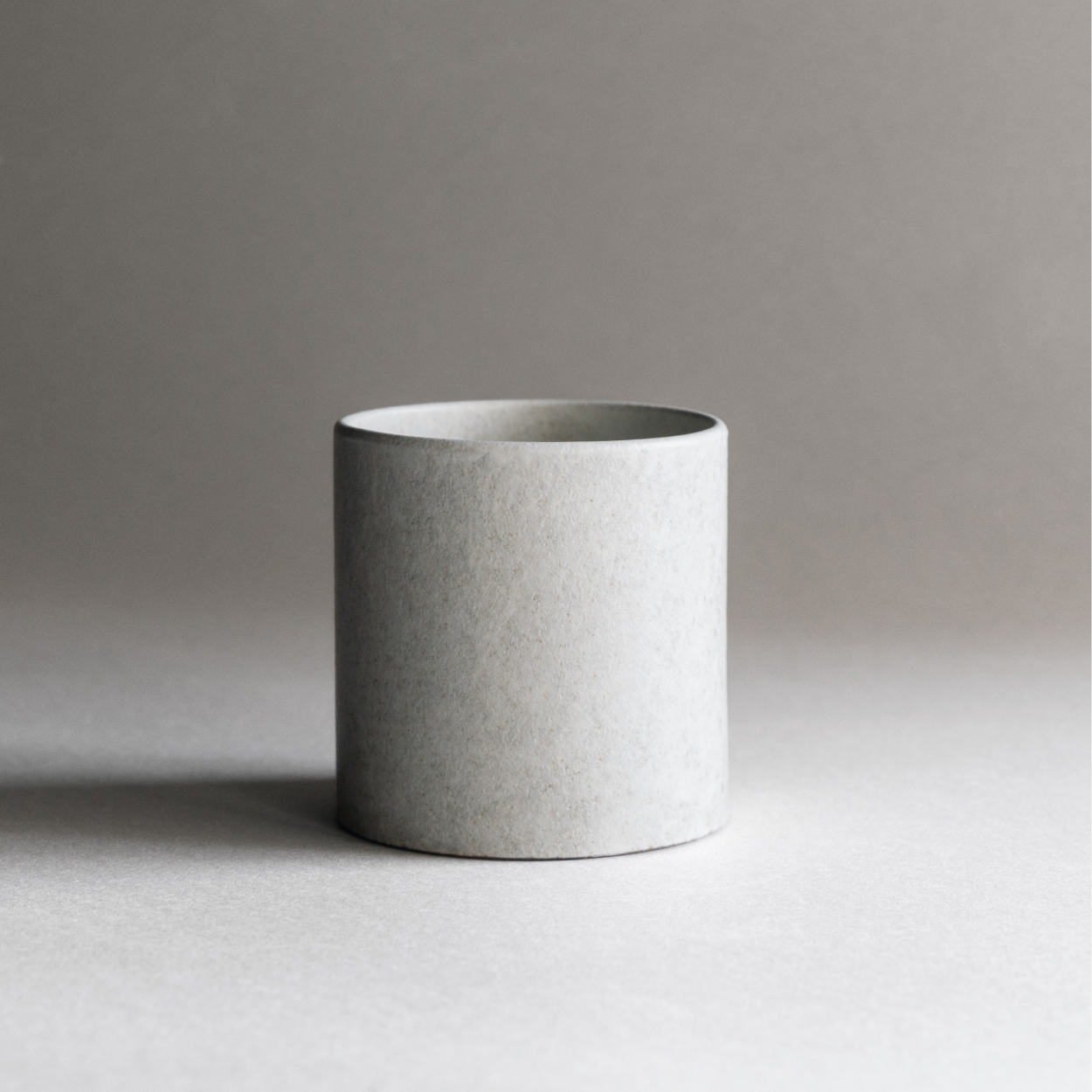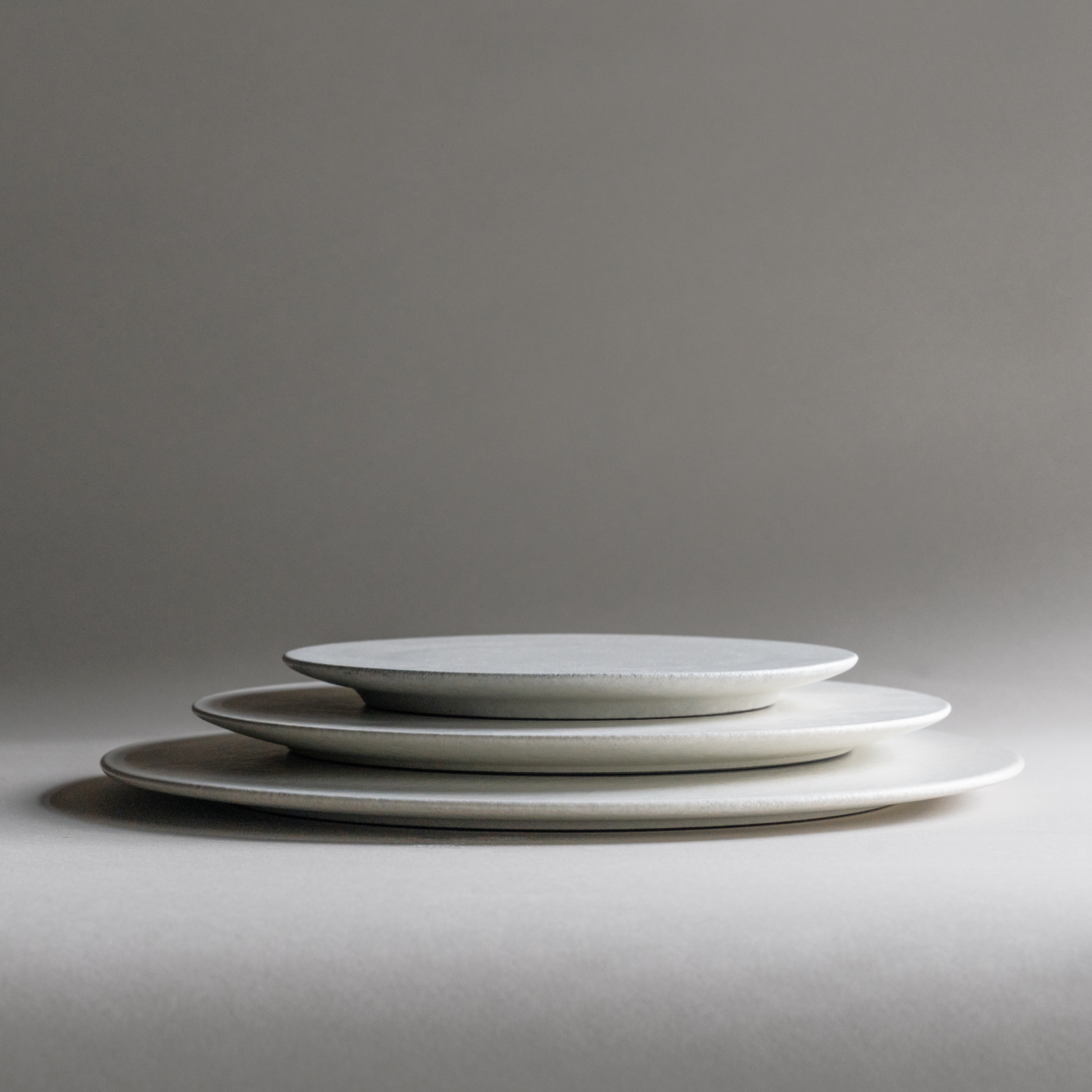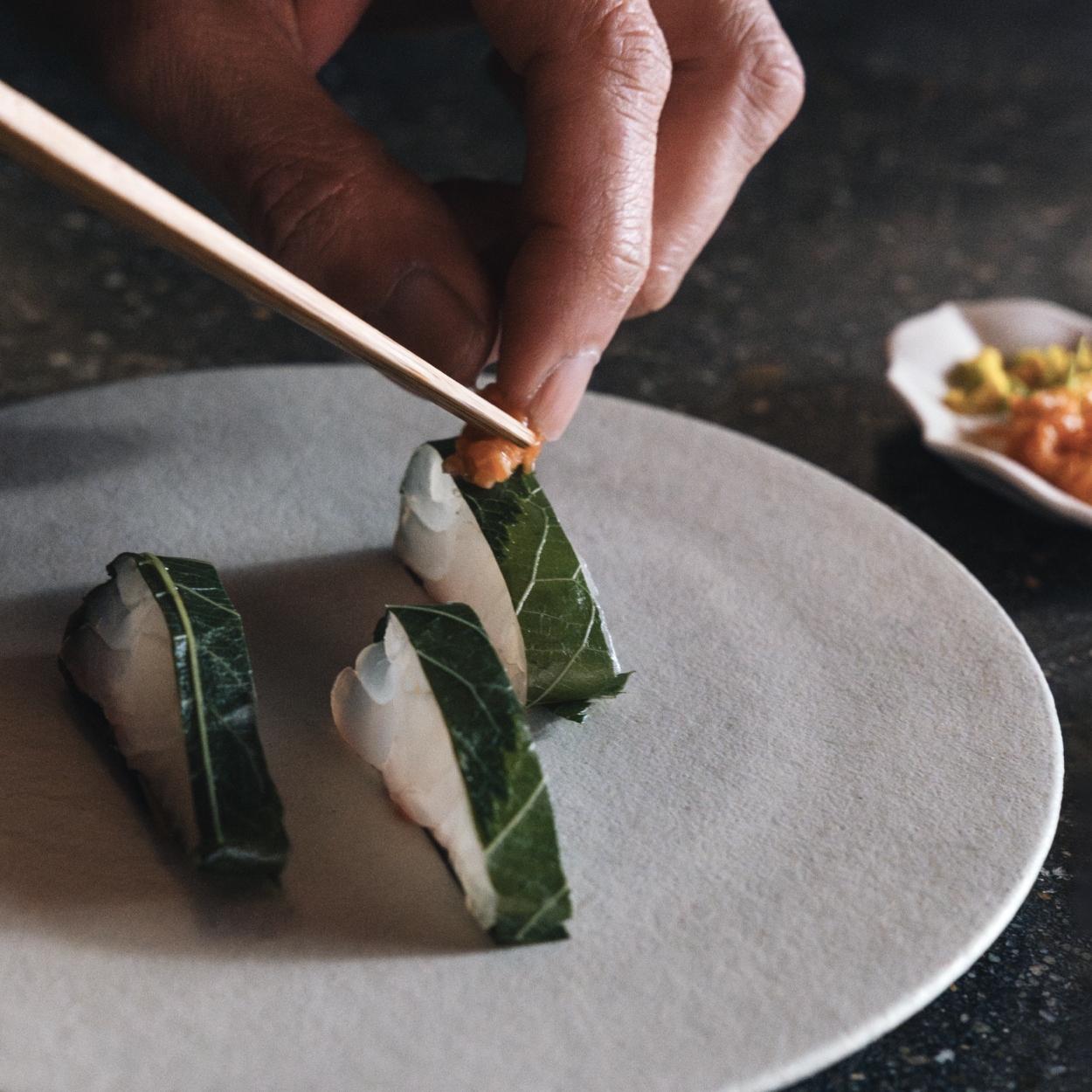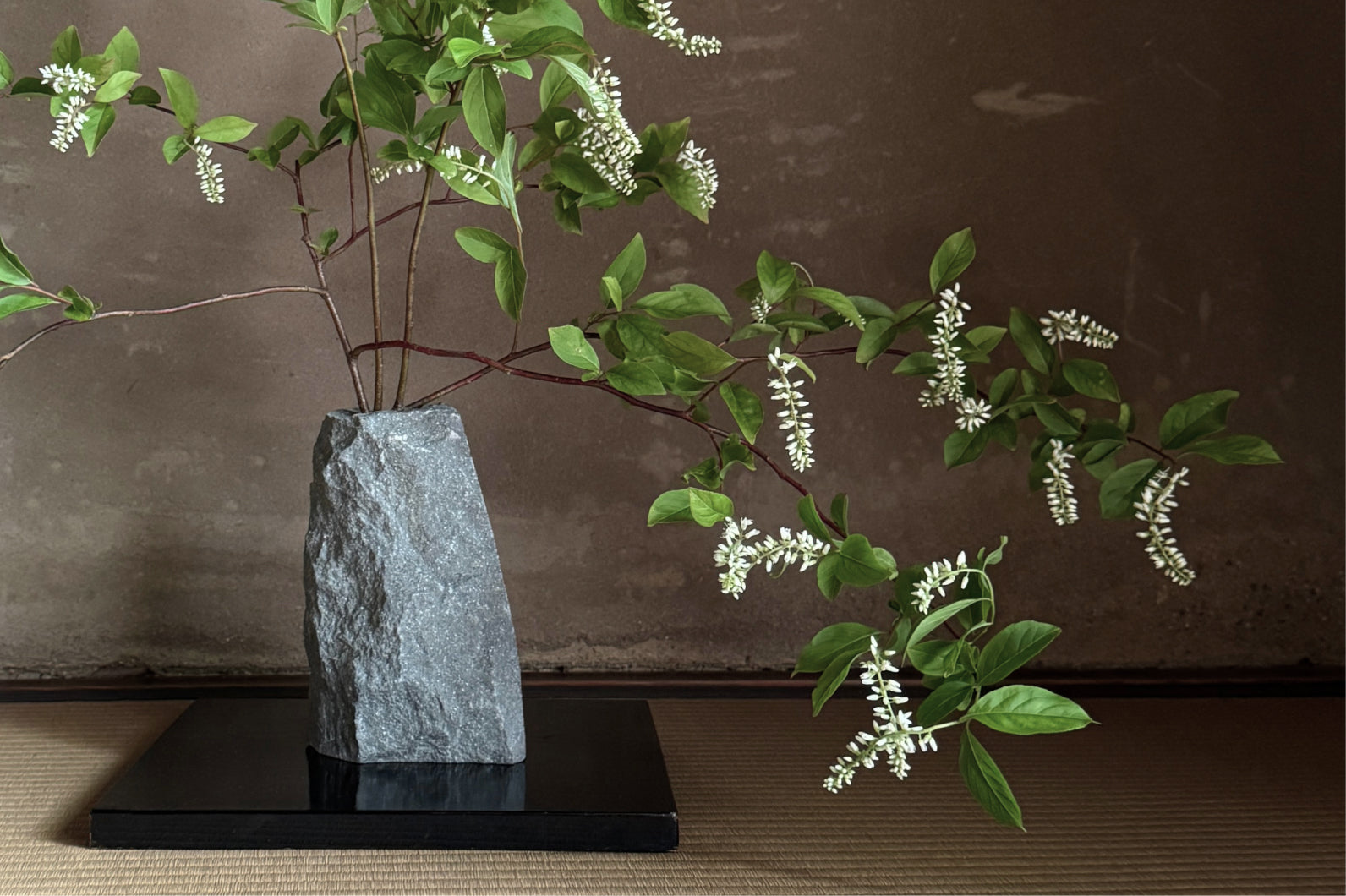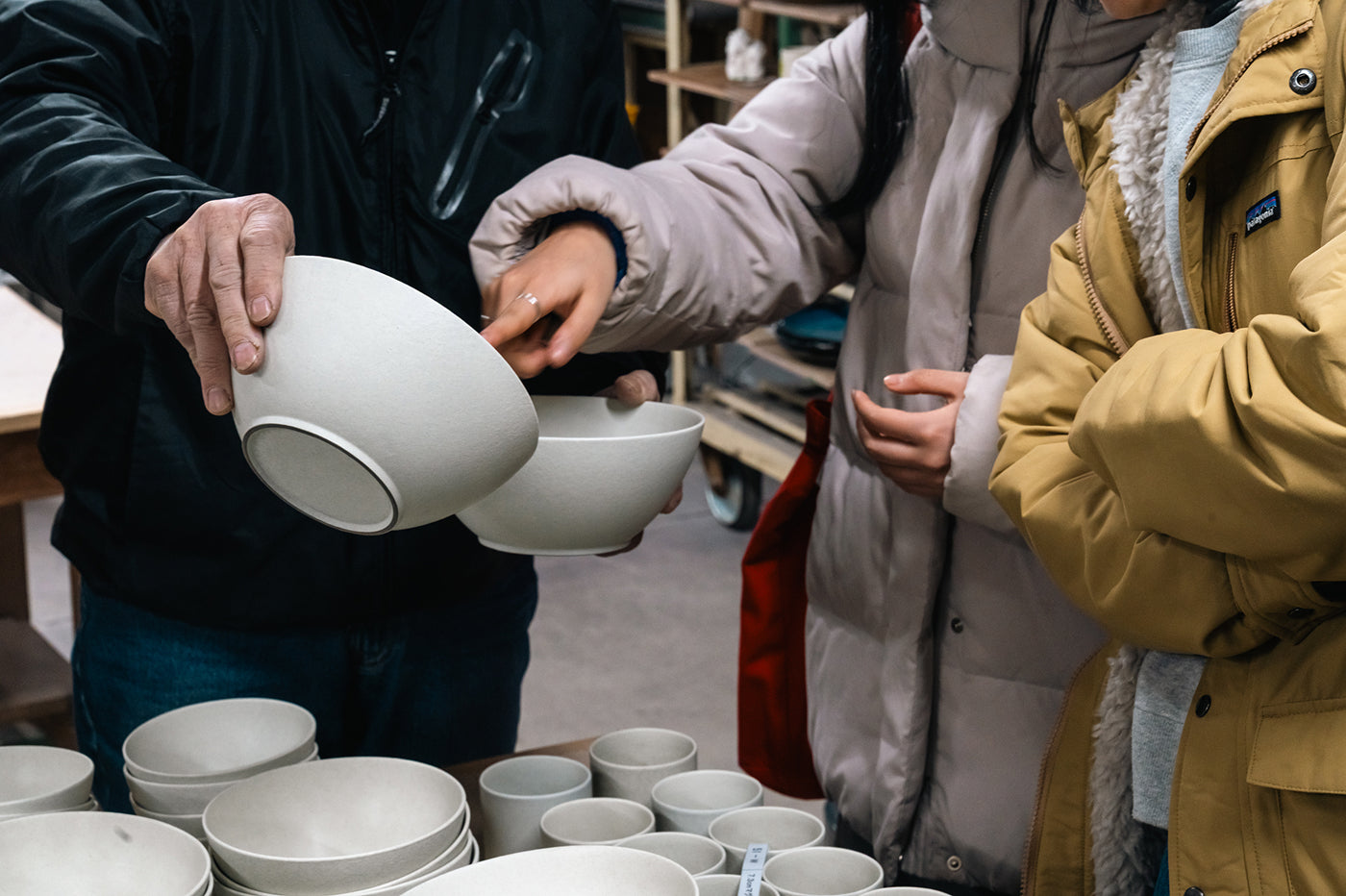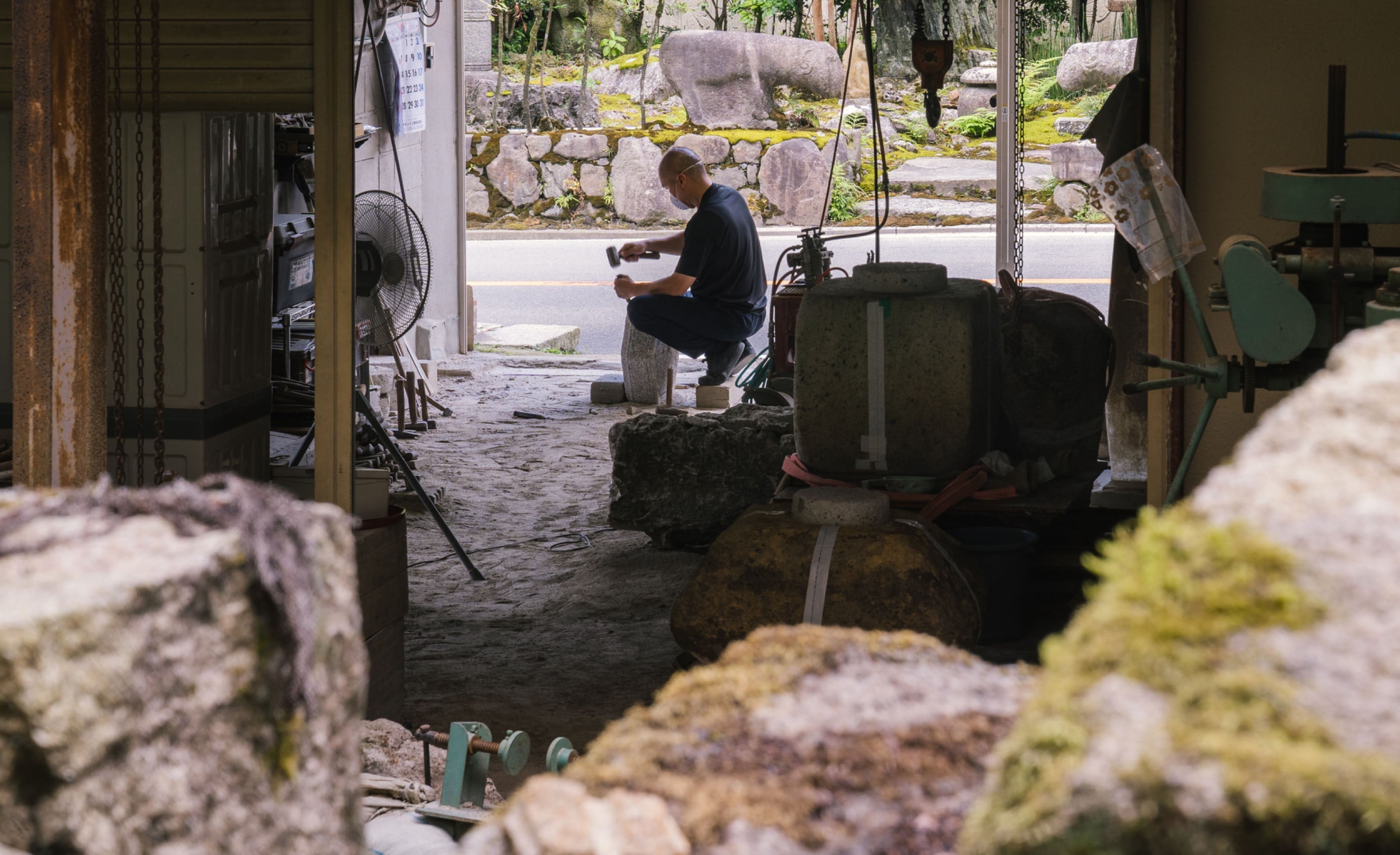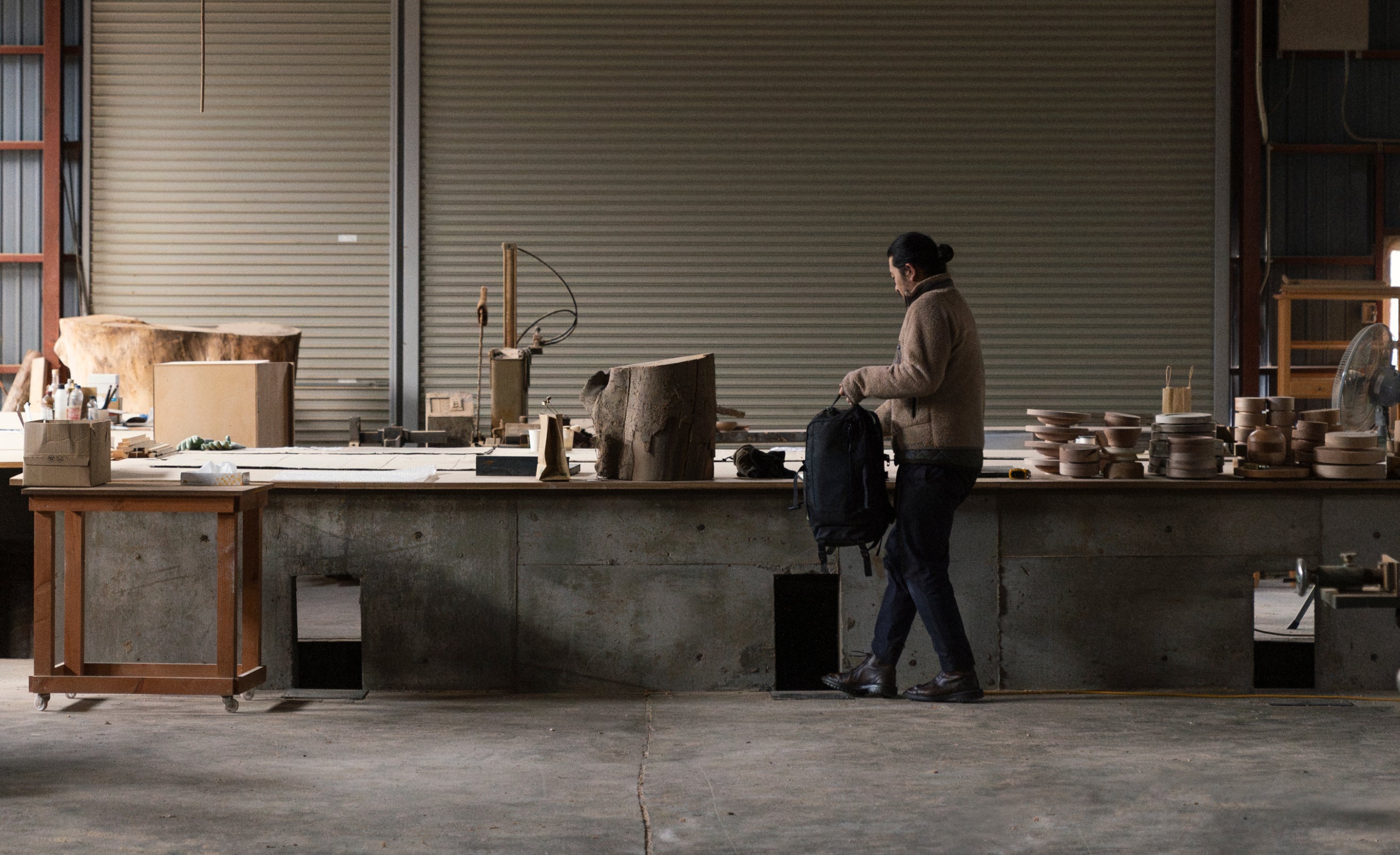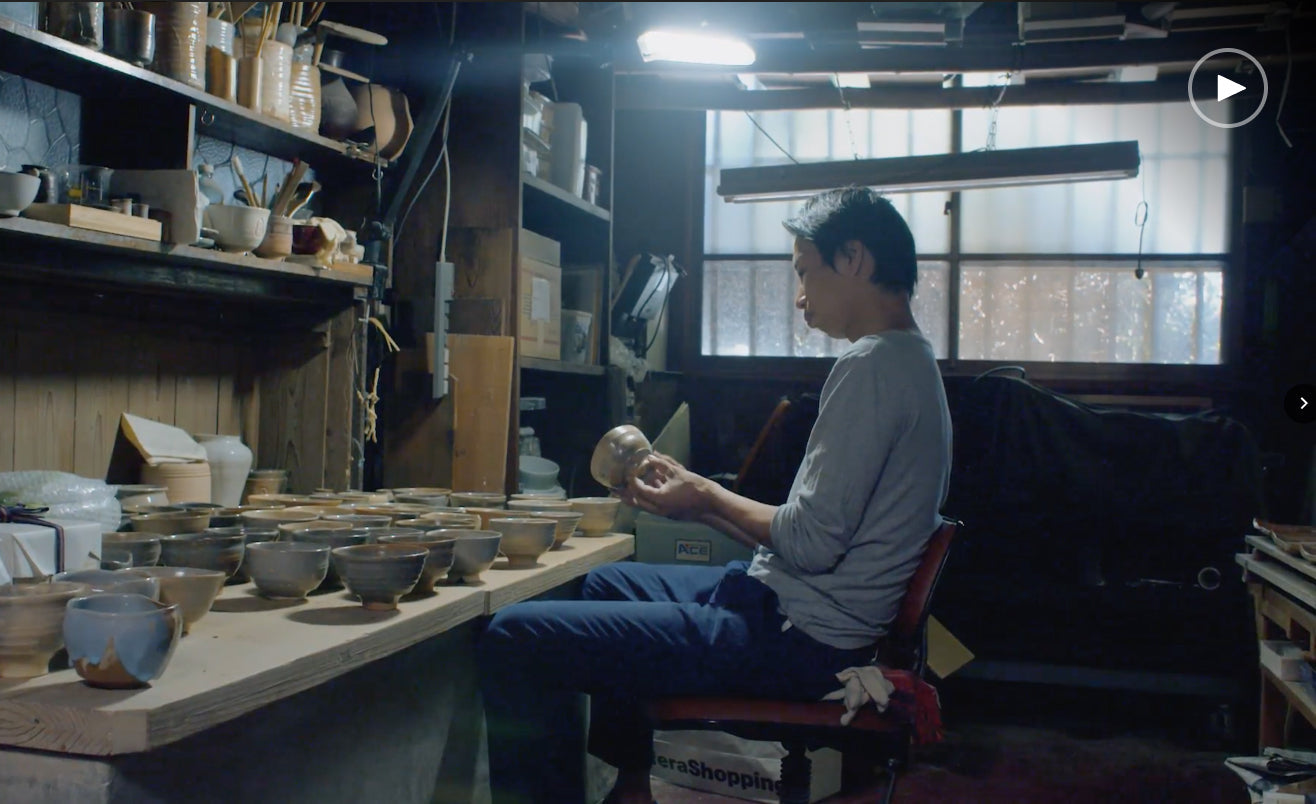Every Detail in Our Life Has a Life of Its Own.
Behind the humble objects that make up our every day, there are 100 decisions that went into their creation.
We may not think about these pieces more than in the moments we reach for them. They aren’t the objects of our obsession, but they are for the people who craft them.
The artisans think about every detail that goes into making these pieces so that you don’t have to.
Their meticulous work allows the work to blend into your life seamlessly, be it as humble as a chopstick or as ornate as statement decor.
They function exactly as intended, so your mind is free.
In a world that demands so much of our attention, it’s a privilege to have things that won’t.
Space and food by Ototojet
Kodawari (拘り)- The Pursuit of Perfection
If you’ve ever wondered why such painstaking attention to detail persists across industry, craft, and region in Japan, it can be summarized by the principle of kodawari.
It is, in short, a commitment to excellence.
It means accepting nothing short of the most uncompromising standards, not for the sake of notoriety or the pursuit of recognition but out of respect for the work, the material, and the inherited knowledge that you, as a practitioner, are carrying on.
It is also something that is never truly achieved.
By honoring the pursuit of perfection, one is released from the immobility that comes with attempting the impossible of attaining perfection.
In this way, the principle of kodawari is married with the principle of wabi-sabi (侘び寂び): in the pursuit of perfection, imperfection will inevitably occur. These imperfections dapple the experience, the product, the place, making it unique and irreplicable.
These details are what breathe life into what we experience, making it delightful instead of sterile.
The Shokunin Mindset: How Japanese Artisans Approach Their Work
What separates a shokunin (職人), or artisan, from a hobbyist or even a professional is a life-long dedication to one practice.
But commitment to mastery and pride in one’s work does not forfeit humility. In fact, it centers it.
Space and food by Ototojet

The shokunin is always — from the day they begin their journey with a craft until the day they conclude it — striving to improve. It is this awareness that there is always something to learn that keeps them in a mindset of being a perpetual student.
By staying curious about what can be improved and creative about how to accomplish those improvements. They create until the process becomes instinctive and refine until the details become invisible, but the journey toward mastery is never complete.
How Kodawari Manifests in Daily Objects
When we think of mastery, we perhaps think of masterworks: ornate examples of the highest degree of skill. But mastery can also be manifest in something as simple as a spoon — and is no less meaningful for it.
Mastery is as much about what is there as it is about what there isn’t. Many of the most significant details in a piece revolve around what is omitted, or what goes without notice.
Space and food by Ototojet
 When was the last time you thought about the shape of your chopsticks?
When was the last time you thought about the shape of your chopsticks?
There’s intention behind square-carved chopsticks vs. octagonally-carved chopsticks: square chopsticks allow for easier gripping of the food, whereas octagonal chopsticks rest more comfortably in the hand.
How aware are you of the material of your cutting boards?
Cypress is not only historic, but has deoderizing and antibacterial properties. The decision to leave it uncoated ensures the wood can breathe, regulates moisture, and allows it to be resurfaced for longevity.
Have you considered the texture of your plates?
Many people only go as far as thinking about glazed or unglazed, matte or gloss. But details like hand-layering white glaze on dark clay (and vice versa) — roughly in some areas and finely in others — create a variation in texture and depth of color. This contributes to the keishiki (景色), or landscape, of the surface texture.
These elements are designed specifically to reduce the friction of daily life. If the end user doesn’t notice that these decisions were made, then they were the right decisions to make.
A New Definition of Luxury
Freedom of attention is one of the highest luxuries of our time.
We are bombarded by an endless stream of push notifications, high-urgency news cycles, and the needs of those around us.
Your physical space should be a refuge from the demands of the world, but it should also be a safe haven for your attention. By curating pieces that add ease rather than stimulation, you allow your mind to unknot itself.
Our work is not about overhauling traditional craft but incorporating subtle innovations that pair with the best of the craft’s legacy; the physical pieces are the manifestation of how the past and present mutually inform each other.
Centuries-old principles like that of kodawari, wabi-sabi, and the shokunin mindset result in pieces that assist us in navigating contemporary life more gracefully and mindfully.
Space and food by Ototojet
